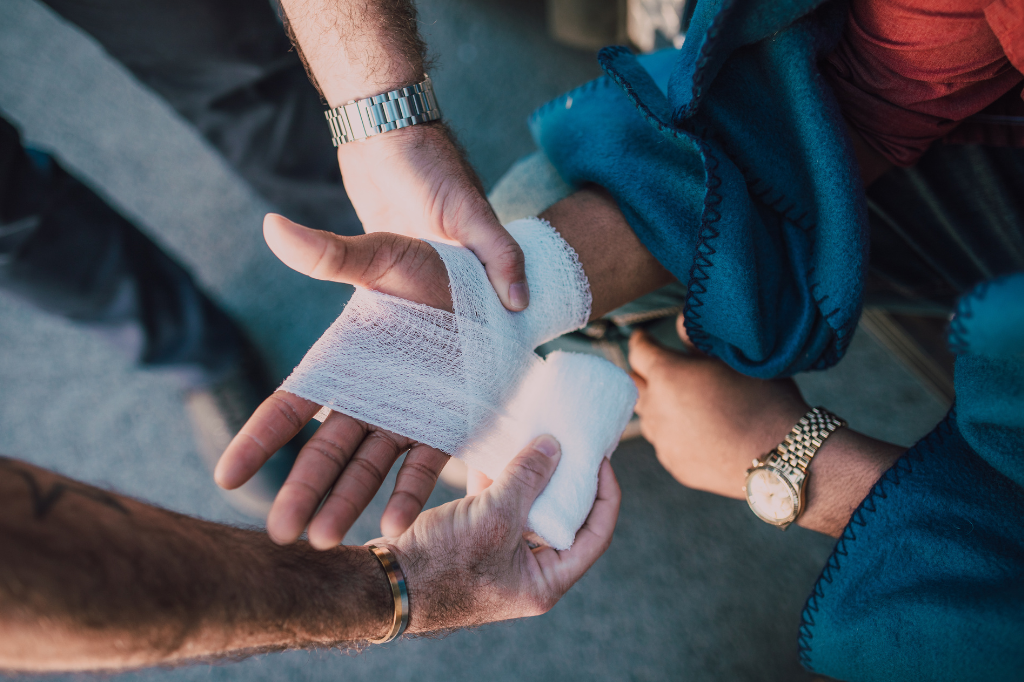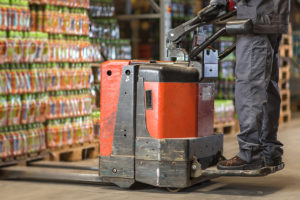August 19, 2024
Preventing hand injuries in the workplace
Preventing hand injuries in the workplace is vital for a number of reasons.
In 2021-22, there were nearly 240,000 cases of hand injures that resulted in employees needing days away from work, according to the National Safety Council , with another 455,000 days away, restricted or transferred cases.
The two primary causes of hand injuries stem from hand tools and machinery.
Cuts, lacerations and even amputations can have a major impact on productivity and workers’ compensation.
In the manufacturing industry specifically, most modern equipment has safeguards to prevent against hand injuries. Still, they continue to happen.
“Sometimes, people ask, ‘Why would they stick their hand into a piece of equipment when they know it’s dangerous?’ We need to change the question from, why would they stick their hand in there to why can they stick their hand in there,” said Mike Fetting, SFM Loss Prevention Specialist. “One is too many.”
Consider your risk tolerance for using unguarded machines – it should be zero. If you’re unsure of how to guard your machine, you can see the Occupational Safety and Health Administration machine guarding eTool referenced below or ask your SFM contact.
The other key is observation, coaching and enforcement to ensure employees are not removing or disabling guards.
Another critical factor is using Lockout/Tagout when removing a guard for servicing, cleaning, setup, clearing, etc. SFM offers a useful 5-Minute Solution on Lockout/Tagout.
SFM has compiled two resources about hand safety to help employers prevent hand injuries in the workplace. They are specific to two industries in which hand injuries often occur:
Employers should also note that the federal Occupational Safety and Health Administration has a Machine Guarding eTool that focuses on recognizing and controlling common amputation hazards associated with the operation and use of certain types of machines.
Tips for safe tools and gloves
In addition to maintaining proper safety protocols regarding machines, employers should also do research about gloves and safe tools, Fetting said.
“Not all gloves are created equal, for both chemicals and lacerations,” he said. “Selection is important, but it can be tricky finding the perfect combination of protection and dexterity.”
Fetting recommends contacting glove manufacturers directly to determine the best glove for your operation.
Likewise, ensuring employees have the proper tools for their job is also important. Having the correct safety knife can make a big difference. The safest either have concealed blades or are fully automatic retractable smart knives. Some manufacturers also offer safety training videos for employers to peruse and share with employees.
Lastly, employers in some industries may want to consider if an item needs to be cut at all. If can be ordered to size, that may be a safer option.
Conclusion
Preventing hand injuries in the workplace, especially for companies in certain industries, and maintaining high safety standards should be paramount for all employers.





